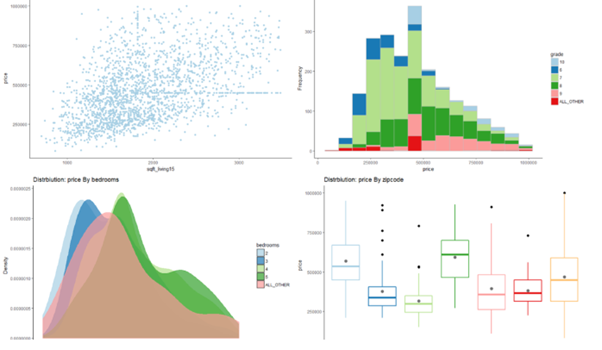Data science is omnipresent to advanced statistical and machine learning methods. For whatever length of time that there is data to analyse, the need to investigate is obvious. Yet, a significant key part to any data science task as often as possible underestimated is the exploratory data analysis
In this post, you will discover **Exploratory Data Analysis **(EDA), the techniques and tactics that you can use and why you should be performing EDA on your next problem.
“Exploratory data analysis is an attitude, a state of flexibility, a willingness to look for those things that we believe are not there, as well as those we believe to be there.” — John W. Tukey
Construct a Relationship with the Data
Before you can model the data and test your hypotheses, you must assemble a relationship with the data. You can manufacture this relationship by investing time summarizing, plotting, and investigating genuine data from the domain. This methodology of investigation before modelling is called Exploratory Data Analysis.
In investing time with the data up-front you can fabricate an instinct with the data formats, values, and relationships that assist with clarifying observations and modelling results later.
It is called exploratory data analysis since you are investigating your comprehension of the data, assembling an instinct for how the underlying process that created it works and inciting questions and thoughts that you can use as the reason for your modelling.
The process can be utilized to once-over to verify the data, to distinguish outliers and come up with specific strategies for taking care of them. In investing time with the data, you can spot corruption in the values that may flag a flaw in the data logging process.
#data-analysis #data-science #exploratory-data-analysis #data-visualization #data analytic
